As a mom, I hate the way it sticks to just about everything. And don’t get me started about how sand changes that quick snack you had planned to eat on the beach! But as a scientist, sand fascinates me. So, today as a part of our month of beach science - I, the scientist-side of me, am going to share with you all about sand. If you Google “sand images” you will come up with a huge variety of … [Read more...]
Jellyfish {InstaScience}
When I was a kid my dad sold boats for a living, which meant that we got to spend a fair amount of time during the summer out on the water. By August, the bay was so packed with jellyfish that swimming was like running the gauntlet. It was during those days that I developed a healthy respect for the jellyfish and quickly learned that meat tenderizer does not really help with a jellyfish … [Read more...]
Blue Moon {InstaScience}
Did you know that a Blue Moon is not actually blue? And that there are two definitions for what a blue moon actually is? The more modern definition of a blue moon says that it only occurs when there are two full moons in a calendar month. Since a full moon occurs about every 29 days, it’s bound to happen. According to this definition, the next Blue Moon will occur in January of 2018. But … [Read more...]
Mars {InstaScience}
Mars is one of those planets that we can easily spot in the night sky, thanks to its red color! Mars gets its color from the iron oxide that is found on the planet's surface. Mars is the fourth planet from the sun, just after our planet, Earth. Like Earth, Mars has volcanoes, canyons, and polar ice caps. However, Mars is quite a bit drier and cooler than our planet. This planet is one of the … [Read more...]
Gneiss {InstaScience}
[Photo Credit - Siim Sepp, used with permission under Creative Commons] As I write this, I have just finished another set of outlines for volume 5 in the Sassafras Science series. This one is all about geology, in other words, volcanoes, earthquakes, and rocks. One of the rocks that really caught my eye this time around was gneiss and I thought that I would share about it with you all this … [Read more...]
Iridescent Clouds {InstaScience}
Iridescent, a.k.a. rainbow, clouds are a beautiful phenomenon often seen during the winter months. The rainbow forms as ice crystals in the cloud cause the light to be split, just like a prism would. Fun Fact - The term iridescent comes from the Greek goddess, Iris, who was the personification of a rainbow. Follow Elemental Science on Instagram Teaching Science at Home Want to learn more about … [Read more...]
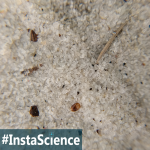
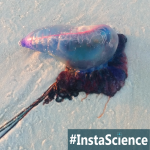
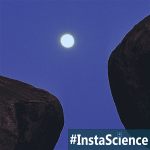
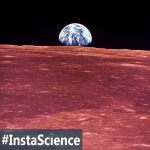
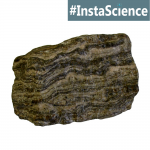
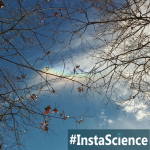


Join the Community!